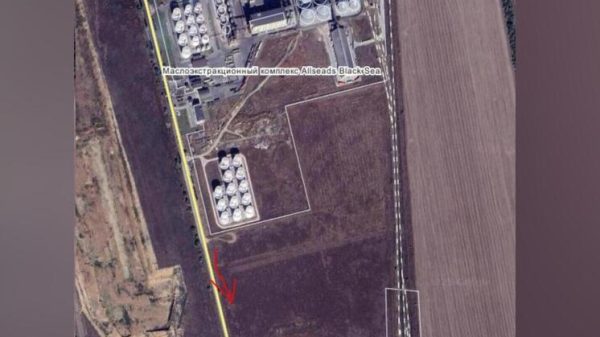The surge in bitcoin’s price since the start of 2021 could result in the cryptocurrency having a carbon footprint the same as that of London, according to research.
Alex de Vries, a Dutch economist, created the Bitcoin Energy Consumption Index, one of the first systematic attempts to estimate the energy use of the bitcoin network. By late 2017 he estimated the network used 30 terawatt hours (TWh) a year, the same as the whole of the Republic of Ireland.
Now De Vries estimates the network uses more than twice – and possibly three times – as much energy: between 78TWh and 101TWh, or about the same as Norway.
Q&A What is bitcoin?
Show
Hide
Bitcoin is the first, and the biggest, ‘cryptocurrency’ – a decentralised tradeable digital asset. The lack of any central authority oversight is one of the attractions.
Cryptocurrencies can be used to send transactions between two parties via the use of private and public keys. These transfers can be done with minimal processing cost, allowing users to avoid the fees charged by traditional financial institutions — as well as the oversight and regulation that entails.
This means it has attracted a range of backers, from libertarian monetarists who enjoy the idea of a currency with no inflation and no central bank, to drug dealers who like the fact that it is hard (but not impossible) to trace a bitcoin transaction back to a physical person.
The exchange rate has been volatile, making it a risky investment. In January 2021 the UK’s Financial Conduct Authority warned consumers they should be prepared to lose all their money if they invest in schemes promising high returns from digital currencies such as bitcoin.
In practice it has been far more important for the dark economy than it has for most legitimate uses. In January 2021 it hit a record high of above $40,000, as a growing number of investors backed it as an alternative to other assets during the Covid crisis.
Was this helpful?
Thank you for your feedback.
New bitcoins are created by “mining” coins, which is done by using computers to carry out complex calculations. The more bitcoins there are, the longer it takes to mine new coin, and the more electricity is used in the process.
Roughly 60% of the costs of bitcoin mining is the price of the electricity used, de Vries estimates. The more money miners get per bitcoin, the more they will be able to spend on mining it.
What is bitcoin and why are so many people looking to buy it? | Richard Partington
Read more
However, energy use often lags behind swings in currency due to the time it takes for bitcoin miners to acquire new hardware. De Vries writes that energy use is likely to increase substantially in the short term as a result of the currency’s recent price rises, as new and established miners invest in more hardware.
Bitcoin graphic
By January this year the price of a bitcoin had reached $42,000. At this rate, miners would earn just over $15bn annually.
“With 60% of this income going to pay for electricity, at a price of $0.05 per kWh [kilowatt hour], the total network could consume up to 184TWh per year,” estimates De Vries.
That energy use is about the same as the 200TWh consumed by every datacentre for every other digital industry globally. The size of bitcoin’s electrical footprint means the carbon emissions are substantial.
The paper cites an assumption of 480-500g of carbon dioxide produced for every kWh consumed. “A total energy consumption of 184TWh would result in a carbon footprint of 90.2m metric tons of CO2,” De Vries writes in the journal Joule, “which is roughly comparable to the carbon emissions produced by the metropolitan area of London.”
As well as the carbon emissions of the bitcoin network, which have been widely debated as a result of the recent surge in interest, De Vries highlights other impacts of the protocol’s growth.
As well as consuming electricity, for instance, bitcoin miners need access to powerful computers, preferably including specialist chips created for mining. To produce 1m such computers, the largest provider, Bitmain, would have to use a month’s capacity of one of only two chip fabricators in the world capable of producing such high-power silicon – potentially crowding out demand from other sectors such as AI, transportation and home electronics.
In order to limit the growing footprint of the sector, De Vries suggests policymakers could follow the lead of regions that have put pressure on bitcoin miners, such as Québec in Canada, where a moratorium on new mining operations has been imposed, or Iran, which decided to confiscate mining equipment as the country suffered from outages blamed on cryptocurrency mining.
“Although bitcoin might be a decentralised currency, many aspects of the ecosystem surrounding it are not,” he writes. “Large-scale miners can easily be targeted with higher electricity rates, moratoria or, in the most extreme case, confiscation of the equipment used.
“Moreover, the supply chain of specialised bitcoin mining devices is concentrated among only a handful of companies. Manufacturers like Bitmain can be burdened with additional taxes like tobacco companies or be limited in their access to chip production.”
Play Video
5:59
Why Bitcoin is so bad for the planet – video explainer



















































Свежие комментарии